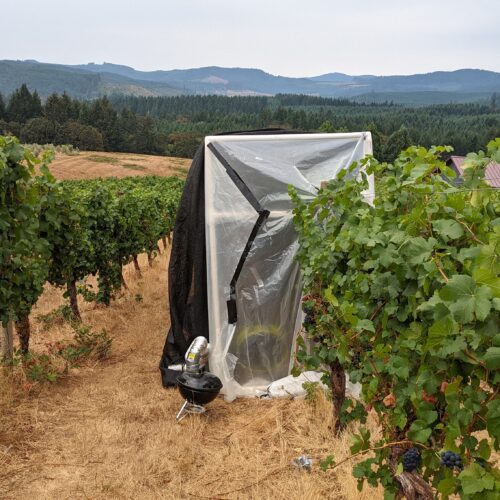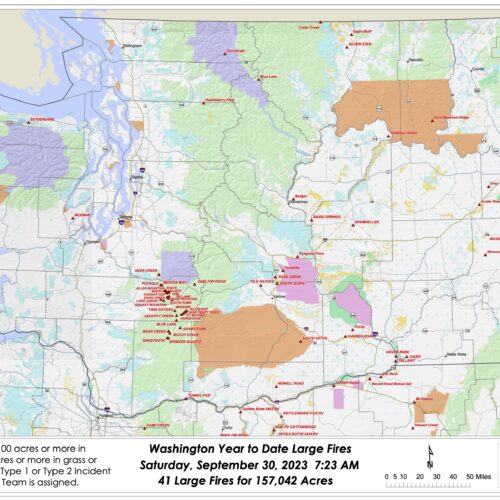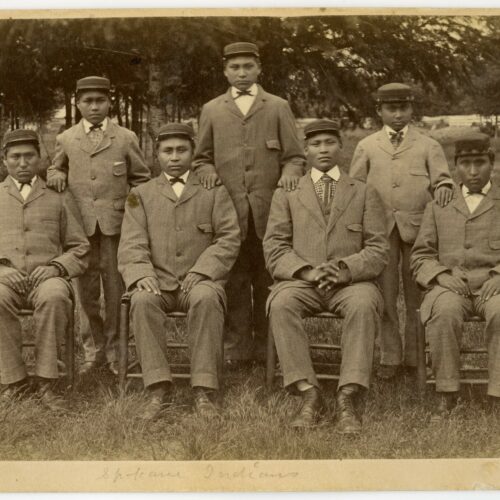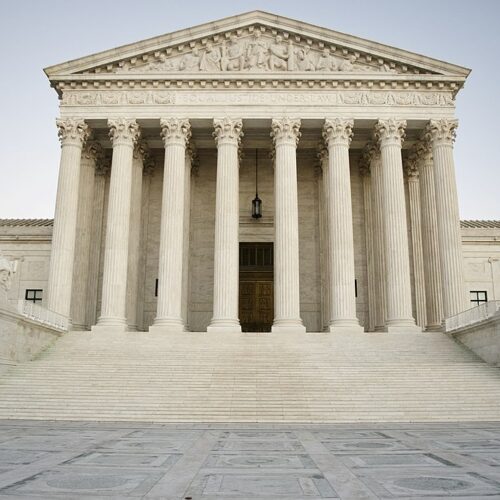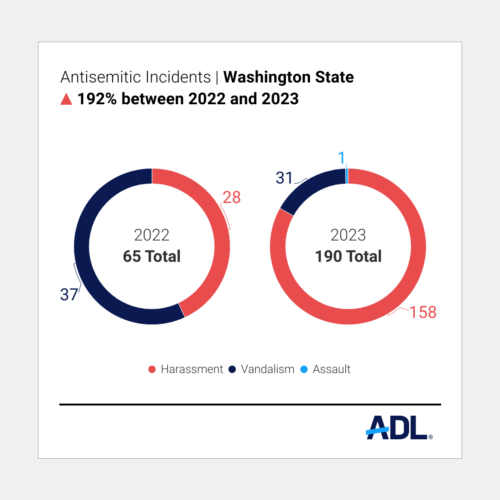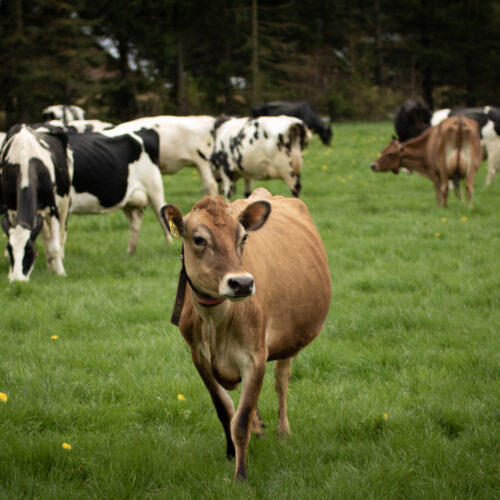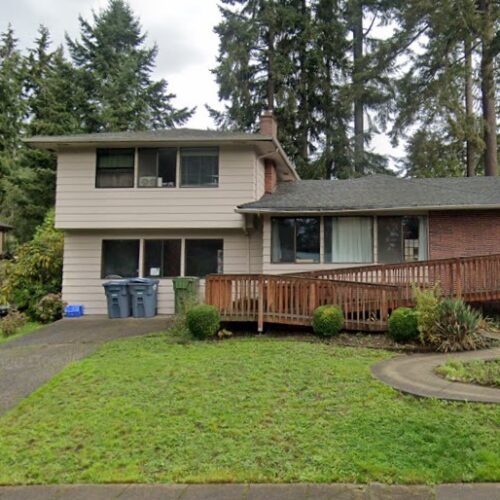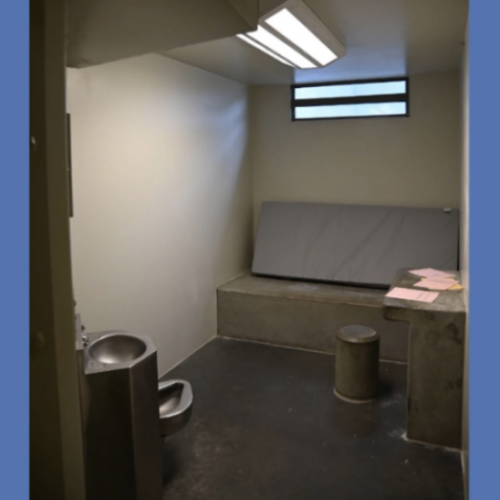The Confederated Tribes of the Colville Reservation filed a lawsuit Wednesday against the U.S. government over damage caused by wildfires on the reservation in 2015.
The suit alleges the federal government didn’t adequately maintain forest health and prioritized other fires in Washington over those on the reservation.
“This led to tinderbox conditions in which catastrophic fire was inevitable,” according to the complaint.
The tribe said the United States has breached its fiduciary duties. The tribe says the federal government is at fault because it did not adequately thin forests or use prescribed burns before the fires to help the trees become more resilient.
Those faults, the suit alleges, led to the loss of around 20% of commercial timber on the reservation. The North Star and Tunk Block fires burned nearly 800,000 board feet of timber, the largest loss of board feet ever burned on a U.S. reservation.
Over a century of keeping fires off the landscape has led to incredibly dense forests, forest managers said. In unhealthy forests, wildfires can climb from forest floors to shrubs to smaller trees and eventually reach the crowns of trees. Once fires reach the crown, they spread very fast.
These types of burns are much more intense and destructive than ecologically beneficial fires that these forests need to stay healthy, forest managers said.
In a statement, Andrew Joseph Jr., Colville Business Council chairman, said the 2015 fires also damaged cultural resources on the reservation.
“Tribal members hunt, fish and gather food and medicine throughout the Colville Reservation,” Joseph said. “In many areas, the fires burned so hot that they sterilized the soil and created a moonscape. It will take decades for our resources to completely recover in those areas.”
The complaint alleges the federal government did not have fire prevention measures in place, including fuel breaks and early fire identification and suppression systems.
“Widespread failure to maintain forest roads exacerbated every aspect of fire management, including severely limiting access for fuel management, fire prevention, and fire suppression,” according to the complaint.
The federal government prioritized other fires during the 2015 season, the complaint alleges, sending firefighting resources to off-reservation vacation homes and other areas.
The United States has a trust obligation to properly manage resources within the boundaries of the reservation and trust lands. The tribe’s forestry management has been hampered “by the systemic failures of the United States to fulfill its fiduciary obligations to the Tribes,” according to the complaint.
An Indian Forestry Management Assessments Team found that tribes’ forestry departments are seriously underfunded and understaffed when compared to other similar federal and private land. The Colville reservation was included in the assessment.
The 2013 assessment highlighted the growing threat of catastrophic fires that could result from poor forest management and fuels reduction, the same issues the tribe raised in its lawsuit.
According to the Washington Department of Natural Resources, the North Star fire was the largest human-caused fire in 2015 in the state, costing more than $44.5 million to suppress.
Together, the North Star and Tunk Block burned more than 240,000 acres on the reservation, more than eight times the size of Washington, D.C.
The North Star fire grew to 14,000 acres during the first day it burned. The fire continued to burn through logging slash, overgrown forest stand, and dried grasses for 72 hours without any major suppression resources. That allowed the fire to grow out of control.
Flames were taller than a seven-story office building. It eventually burned more than 218,000 acres, around 165,000 acres on the Colville Reservation.
The Tunk Block fire started the day after the North Star fire. The tribe said the federal government also provided limited fire suppression. The Tunk Block fire grew to more than 166,000 acres, half of which burned on the reservation.
An assessment by the Bureau of Indian Affairs found less than 10% of the burned areas on the reservation had been treated with forest thinning or prescribed burns. Where both treatments had occurred, Bureau of Indian Affairs officials said, forest stands were better protected from flames.
As the fires grew, The Seattle Times reported, the revenue lost from the burned timber “could potentially affect everything the tribal government funds, from per capita payments to members to its government programs.”
The tribe said it was able to salvage log some areas for far less than a normal timber harvest.
The reservation has around 652,000 acres of commercial timber forests, which make up the tribe’s single largest asset, according to the complaint.
“If the United States continues to breach the fiduciary duties owed the Tribes, the remaining commercial forest will be lost in the coming years,” according to the complaint.
The federal government did not help to rehabilitate the area after the fires were out, the suit alleges, which may have set back healthy forest regrowth and timber harvest for decades.
About one-third of the tribe’s timber has burned during the last six years.
In that time, Joseph said, the federal government still hasn’t learned from its mistakes leading up to the devastation seen in 2015. In its complaint, the tribe said it’s still gravely concerned about current and future fires on the reservation.
“We hope this lawsuit will result in the Department of the Interior finally living up to its trust responsibilities to the Colville Tribes,” Joseph said.


